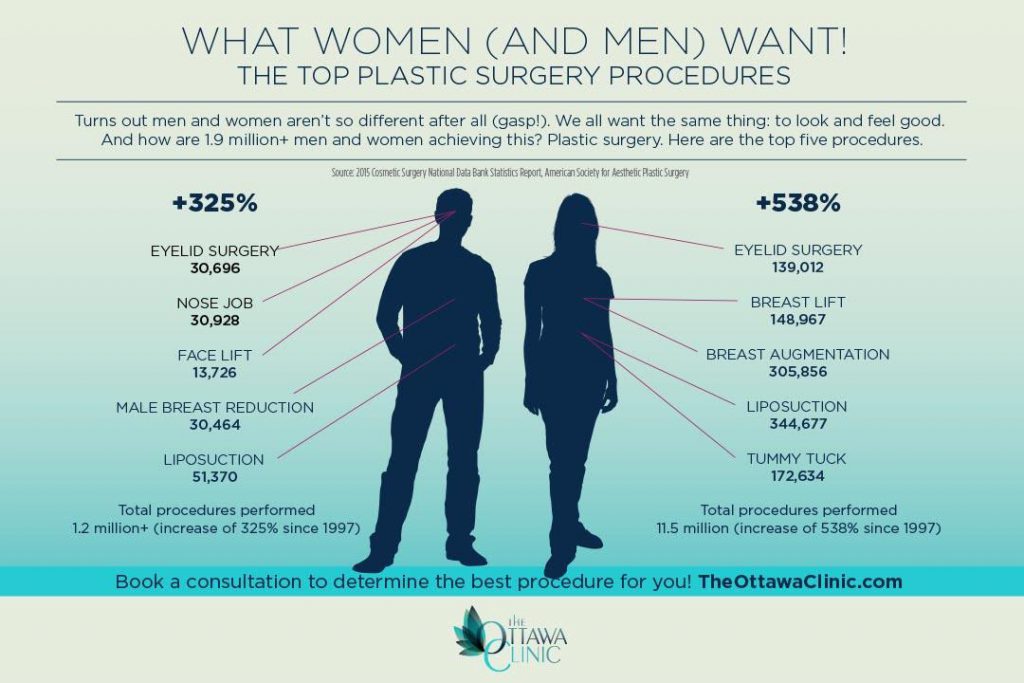Acne In Adults
Acne In Adults
Blog Article
Finest Active Ingredients For Acne-Prone Skin
Benzoyl peroxide kills germs that trigger acne and assists get rid of excess oil. It additionally aids decrease the appearance of dark spots that linger after pimples clear.
Avoid components that block pores, like mineral oils, and select moistening active ingredients that aid smooth skin. Seek these four best anti-acne ingredients.
Willow Bark Extract
Willow bark extract is a natural source of salicylic acid. When used at cosmetic concentrations, it can cause a similar effect as synthetic salicylic acid without its drawbacks (primarily irritation).
The extract includes prodrug salicin, which is rapidly metabolized to the active compound, acetylsalicylate. Its anti-inflammatory and analgesic effects come from this metabolite, along with other chemical components of the plant such as phenolic acids, flavonoids, and polyphenols.
It additionally has sedative residential or commercial properties, which make it effective in treating persistent discomfort and rheumatic problems such as osteo arthritis. Nevertheless, since it consists of chemicals that simulate aspirin, people who have a known allergy to pain killers need to stay clear of willow bark supplements. It can additionally engage with a number of medicines, including aspirin and various other nonsteroidal anti-inflammatory medicines (NSAIDs) and cyclooxygenase preventions, such as advil (Advil, Motrin), and may enhance the risk of stomach blood loss. It can additionally engage with some diuretics (water pills) and can enhance blood levels of certain medicines, such as phenytoin (Dilantin).
Kaolin
Lengthy prior to AHAs, BHAs and numerous other ingredients, elegance fanatics turned to among the most effective active ingredients to aid stop breakouts: kaolin. Kaolin clay is naturally adsorbent, which aids to draw excess oil and pollutants from skin. It is used in makeup, cosmetics, health spa body treatments, and as a mild rough in toothpaste. It's also made use of in vet medicinal products to deal with digestion problems and in poultices for dealing with injuries.
This mineral clay can be white, yellow, pink or red (red kaolin indicates a high concentration of mesotherapy iron oxide) and is usually mixed with eco-friendly tea leaves to create a calming face mask. It can likewise be found in face cleansers and is especially helpful for those with mix or oily skin.
Geige advises searching for simple solutions without pore-clogging components, such as alcohol, which can cause your skin to overproduce oil in an effort to make up, resulting in outbreaks. Rather, look for an item that contains fatty alcohols like cetyl or shea, as these are less drying out.
Sodium Ascorbyl Phosphate (Vitamin C).
Salt Ascorbyl Phosphate (or SAP, for brief) is the "badass natural acne therapy" nobody's talking about. It's a water-soluble kind of Vitamin C that can be utilized in higher focus than its older brother, L-Ascorbic Acid, without coming to be unsteady or oxidizing quickly.
Study shows that it has antioxidant properties and can help in reducing discoloration. It can additionally be effective at rebalancing sebum manufacturing and battling acne-causing bacteria.
Specialists agree that skin with acne need to be treated with components that both exfoliate and relieve. Look for items that include alpha and beta hydroxy acids (AHAs) to break down dead skin cells and unblock pores, in addition to anti-inflammatory active ingredients like niacinamide. Additionally, look for oil-free, non-comedogenic creams that do not obstruct pores. You'll also want to integrate components that work at eliminating microorganisms, such as zinc sulphate and benzoyl peroxide. Lastly, don't utilize components which contain occlusive agents, such as dimethicone and cyclomethicone, which can develop a greasy movie on the skin and clog pores.
Aloe Vera.
There are a handful of clinically proven components-- like salicylic acid, benzoyl peroxide, retinoids and niacinamide-- that have actually been shown to aid treat acne by unclogging pores, eliminating bacteria, managing oil and quickening skin cell turnover. Even more natural choices like tea tree oil and aloe vera also have antimicrobial, anti-inflammatory and calming properties.
Referred to as the 'plant of everlasting life,' Aloe vera is a deep green cactus-like plant which contains a gel inside its fallen leaves and can be found in sunburn solutions, cosmetic products and restoratives that promote intestinal wellness. But the plant is likewise renowned for its medicinal and medicinal residential properties, and scientists at the Royal Botanic Gardens in southwest London are examining its several claimed restorative advantages-- including the anti-inflammatory residential property of the gel inside the leaf, the ability to control blood sugar and cholesterol levels and its function as a reliable burn wound therapist. They are also delving right into the plant's transformative history to identify what various other plants it could be closely related to that might share several of its useful homes.